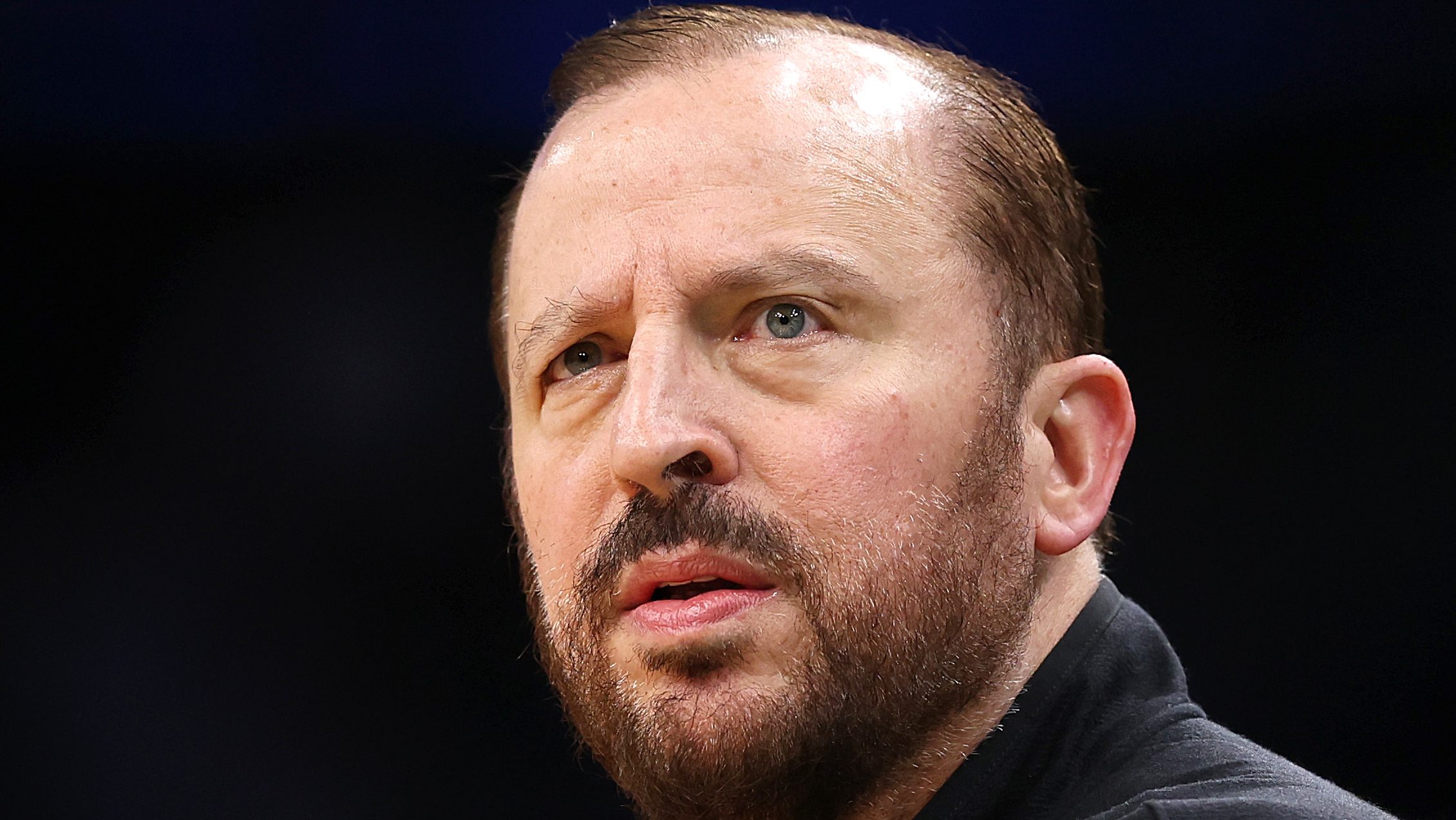Jobs
Why thousands of state prison jobs are unfilled | News, Sports, Jobs

Malone has three state prisons: Franklin Correctional, Bare Hill Correctional and Upstate Correctional.
(Photo provided — Emily Russell/NCPR)
More than 15,000 people work as correction officers in prisons around New York State. For decades, those jobs have been some of the most sought-after in law enforcement, offering good pay and long-term benefits.
But the prison landscape in New York is changing. Fewer people are incarcerated, facilities are closing, and the job market isn’t what it used to be. Prisons are now struggling to attract workers and the state wants to close more facilities, in part because of staffing shortages.
“They are overworked, they’re burnt out, they’re working doubles, they’re giving up time with families,” said Daniel Martuscello, acting director of New York’s Department of Corrections and Community Supervision (DOCCS). Martuscello testified in Albany in January, explaining to lawmakers that there were thousands of job vacancies in prisons, putting a real strain on the system.
“That keeps me awake at night and knowing that that’s the impact and they don’t have that work-life balance is troubling to me,” said Martuscello.
There are shortages of cooks, plumbers, teachers, and healthcare workers in prisons. About half of the 3,800 job vacancies are for correction officers. The overall lack of staff means a lack of programs, such as college classes and vocational training for people in prison.
That’s what’s happening at Green Haven prison in the Hudson Valley.
“They don’t have enough staff, for example, to keep the program building open,” said Jennifer Scaife, executive director of the Correctional Association of New York.
Programs give people in prison more purpose and allow them to learn new skills, a feature of prison life that Scaife describes as crucial. Her team visited Green Haven prison in November and found that the program building was severly impacted by the staff shortage. “It was closed seven days out of ten for the months leading up to our visit last fall,” Scaife explained.
So what’s causing the current staff shortage among prison workers in New York, both in state and federal correctional facilities? Some union leaders and lawmakers point to the dangers of the job. Assaults on state prison staff are up by 40% in the last five years, though 97% of those incidents don’t result in any injuries.
Back in January, state Sen. Dan Stec, who represents the North Country, asked Commissioner Martuscello about the impact of those assaults.
“Why can’t we hire more COs? Is it because no one wants to come to work there because it’s not safe?” Stec asked.
“No I don’t believe that that’s the issue,” Martuscello responded. “I mean, I think that we have a national shortage of correction officers and in law enforcement in general, so we’re all fighting over the same candidates.”
To attract new candidates, DOCCS has set up recruiting centers in malls and posted signs along busy roads. But the problem goes beyond just recruitment. The state is also struggling to retain workers.
“We’ve seen people leaving with 15, 18 years, 10 years — just quitting and not worrying about their pension,” said John Roberts, vice president for NYSCOPBA, a union that represents correction officers. “(That) is an alarming thing because these jobs used to be sought after, state jobs used to be a very positive thing.”
Roberts worked at Clinton Correctional in Dannemora and said being a CO is not a fun job, but if you work for 25 years, you can get a good pension for the rest of your life. Many retired COs collect anywhere from $40-80,000 a year.
But Roberts believes that’s just not enough to entice people anymore. He thinks the state should pay COs more and offer even better pensions. Roberts also said closing prisons sends a bad message to a future workforce. New York has shuttered 24 facilities since 2011. A third of those prison closures have been in the North Country.
“Younger kids see that or their parents worked there in some fashion or their family and saw that it closed and they’re like, ‘well are we next?’” said Roberts. “Because it’s the same every year or two you’re seeing these places close and people are just looking at other avenues now.”
This year, Gov. Kathy Hochul wants to close up to five more prisons. Hochul included that proposal in her budget, suggesting the closures could save the state $77 million a year. No one would be laid off, but Hochul said she’s aware of the impact this could have.
“I know this is frightening,” said Hochul. “These correction officers are some of the hardest working, underappreciated people in our state system and I do appreciate them. The work they do is incredibly challenging.”
The reality is, though, New York state’s prison population has plummeted, down 55% since the late 1990s. Even after two dozen prisons closed, there are still thousands of empty beds, enough to consulate inmates into fewer prisons. The governor’s proposed budget includes up to $500 million to repurpose former state facilities.
Assemblyman Matt Simpson says that’s a good investment, since there are seven empty prisons in the North Country. He’s critical of the governor’s plan, though, as she’s proposing only giving prisons a 90-day notice ahead of a closure. Previously, facilities got a full year’s notice.
“To do this in 90 days, to talk about closing five facilities, not announcing which facilities are being eyed, creates a lot of fear in a system that’s already rampant with concerns for safety,” said Simpson.
Simpson and other North Country lawmakers are urging the governor not to close any of the eleven state prisons in the region. The State Assembly removed the proposal from the budget they’ve put forward amid negotiations with the Governor and Senate. Meanwhile, many advocates say the focus on prison staff levels is misguided.
“Instead of using our large prisons to prop up this whole industry so people have jobs, why not find people jobs that don’t come at the expense of the liberty and well-being of people who are caught up in the system,” said Benjamin Heller from the Vera Institute of Justice.
Heller thinks the focus for lawmakers should be on decarceration and investing in preventative measures for New Yorkers.
“We should be thinking about providing stable housing and mental health treatment and substance use treatment and well-paid jobs to people before they end up involved in our system and end up in prison,” said Heller.
Heller authored a report a few years ago about the price of incarceration in New York. It found that each person held behind bars costs taxpayers $115,000 a year. A large portion of the Department of Corrections and Community Supervision’s $3.4 billion budget pays for staffing.










